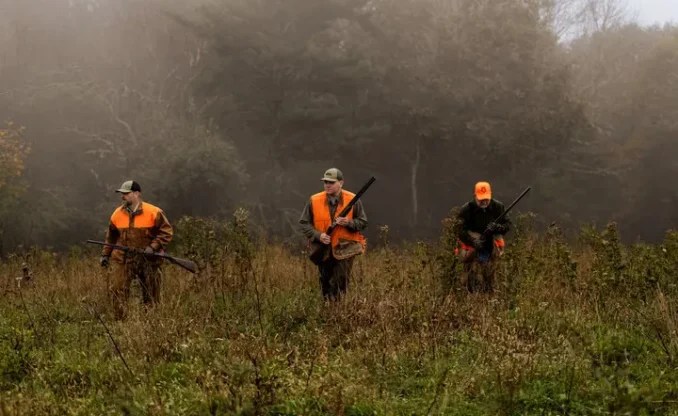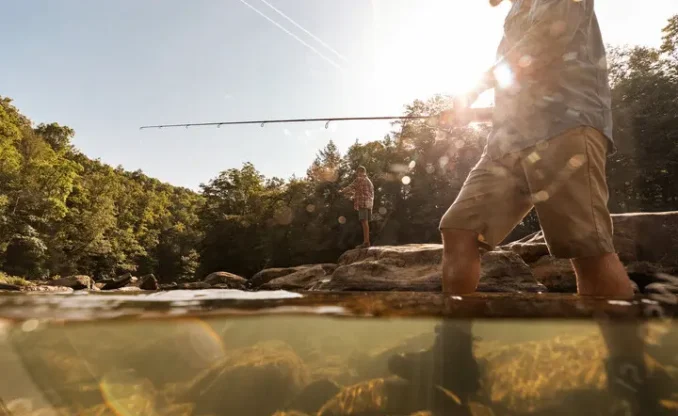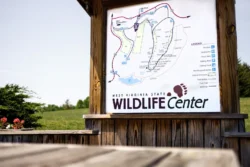Family: Centrarchidae
Common Family: The Sunfish Family
Common Name: Spotted Bass
Scientific Name: Micropterus punctulatus
Ecological Description/Identification
Spotted bass are very similar to the largemouth bass. It is distinguished from largemouth bass by having horizontal rows of small black spots on the lower side in adults, a shallow notch between the spiny and soft dorsal fins, and circular patch of teeth present on the tongue. Juveniles have a tri-colored caudal fin (orange base, black middle and white edge). Most adults are in the 10-15 inch (1-3 pounds) range but can grow to about 20 inches. To help identify a spotted bass, close mouth and maxillary bone does not extend behind the eye.
Habitat
Spotted bass are found in all drainages of West Virginia, except for the Potomac River and James River drainages. They occur primarily in U.S. Army Corps Engineers reservoirs, tailwaters, small impoundments and slow-moving sections of rivers and streams throughout West Virginia. They typically are found at depths greater than those occupied by other black bass. Spotted bass can be found near logs or stumps, large rocks and other shorelines structure. Spawning occurs in late April to early June.
Conservation Issues
The spotted bass is an important game fish in West Virginia, even though it’s less desirable because of its smaller size compared to the largemouth and smallmouth bass. Fishing methods are similar to those used for taking largemouth and smallmouth bass. There are no conservation issues with spotted bass.
Facts
Spotted bass feed on small fish, crayfish and immature aquatic insects. Bass catch their prey by ambushing from a place of hiding. Suction created when their large mouth is suddenly opened helps them capture prey. In West Virginia, they can be found in all U.S. Army Corps Engineers reservoirs, small impoundments and slow-moving sections of rivers and streams. The West Virginia state length record spotted bass 19 inches and 4.77 pounds (Kevin Dameron, 2000 and Leonard Blankenship, 1988). The world record spotted bass is a 11 pound, 24 ¼ inch fish from New Bullards Bar Reservoir in Northern California in 2017.
Similar Species
Spotted bass are often miss identified as largemouth bass because of many similarities.



